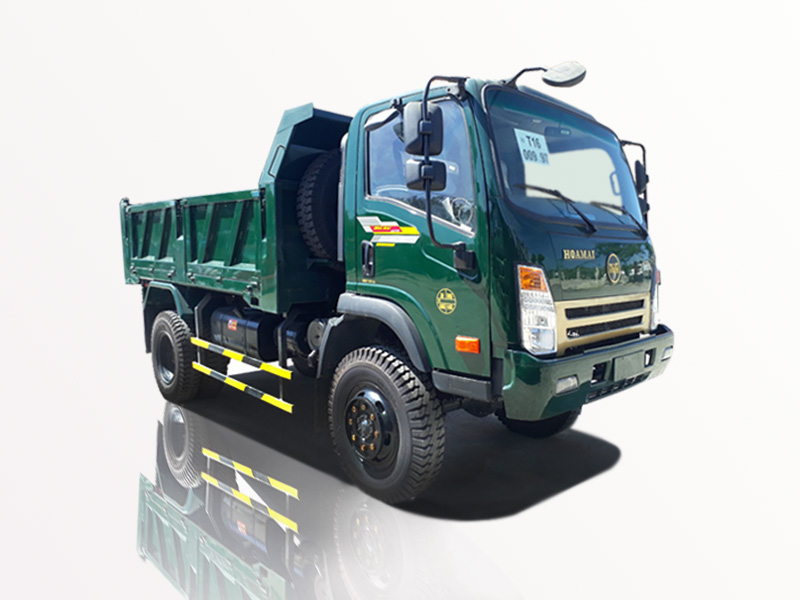As environmental concerns grow, the need for efficient waste management has never been higher. One innovation that has transformed waste disposal is the electric trash compactor. This article explores the benefits, features, and practical considerations of electric trash compactors, guiding you toward smarter waste management solutions.
Introduction to Electric Trash Compactors
Electric trash compactors are appliances designed to reduce the volume of waste through mechanical compression. They not only help in decreasing the frequency of waste collection but also promote recycling and responsible waste disposal. This guide delves into how electric trash compactors work, their benefits, types available, and tips for selecting the right model for your needs.
How Electric Trash Compactors Work
Electric trash compactors use mechanical force to compact waste into a smaller volume. Here’s how they function:
The Mechanics of Compaction
- Load Waste: The waste is loaded into the compaction chamber.
- Activate: The compactor is activated via a button or foot pedal, engaging the motor.
- Compression: A ram pushes down on the waste, compacting it tightly.
- Storage: Compacted waste is stored until the unit is full or ready for disposal.
Key Components of an Electric Trash Compactor
| Component | Function |
|---|---|
| Compaction Ram | Compresses waste to reduce volume. |
| Control Panel | Allows user to operate the compactor. |
| Safety Mechanisms | Prevent accidental operation and ensure safe use. |
| Waste Bin | Holds compacted waste for disposal. |
Benefits of Electric Trash Compactors
1. Reduced Waste Volume
One of the primary advantages of electric trash compactors is their ability to significantly reduce the volume of waste. By compacting trash, you can decrease the number of bags required, which is especially beneficial for businesses and homes with high waste output.
2. Cost Savings
By decreasing the frequency of waste pickups and reducing the size of waste bins, electric trash compactors can lead to substantial cost savings over time.
3. Enhanced Recycling
With reduced waste volume, more space can be allocated for recyclable materials. This encourages recycling efforts and supports environmental sustainability.
4. Cleaner and More Organized Spaces
Electric trash compactors help keep areas tidy, eliminating the mess associated with overflowing waste bins. They provide a designated space for trash and improve overall organization.
5. Odor Control
Modern electric trash compactors are designed with odor controls, minimizing bad smells that often accompany garbage.
Types of Electric Trash Compactors
1. Built-in Compactors
These are installed within cabinetry, making them ideal for kitchens. Built-in compactors blend seamlessly into your kitchen design.
2. Free-standing Compactors
Free-standing models are movable and can be placed in various locations. They are suitable for homes or businesses requiring flexibility.
3. Commercial Compactors
Large-scale units designed for businesses generate a greater degree of compaction for bulk waste. These compactors often have industrial strength and can handle heavy or bulky items.
How to Choose the Right Electric Trash Compactor
1. Assess Your Space
Before purchasing, measure the space where the compactor will reside. Ensure there’s enough room for the door to open and for easy loading of waste.
2. Determine Waste Volume
Consider how much waste you typically generate. Larger households or businesses should choose models with higher capacity.
3. Look for Energy Efficiency
Choose models that consume less energy without compromising performance. Energy-efficient compactors can lead to lower electricity bills.
4. Opt for User-Friendly Controls
Look for a compactor with easy-to-use controls, including safety features like automatic shut-off. This ensures safety and convenience in operation.
5. Research Noise Levels
Some electric compactors can be noisy. If noise is a concern, check for models designed to operate quietly.
Practical Examples and Tips for Using Electric Trash Compactors
1. Maintenance Tips
- Regularly clean the compaction chamber to avoid buildup that can lead to odors.
- Check for worn components and replace them promptly to maintain efficiency.
2. Usage Tips
- Do not overload the compactor, as this can damage the machine and reduce its lifespan.
- Consider separating recyclable materials before compacting, as this promotes eco-friendly waste disposal.
3. Safety Precautions
- Never place your hand inside the compactor while it is in operation.
- Ensure children are kept away from the appliance to prevent accidents.
4. Whom to Consult for Installation
Consult a professional appliance installer for built-in models to ensure proper fitting and functionality. For free-standing models, placing them on a level surface is essential.
Frequently Asked Questions (FAQs)
1. Are electric trash compactors worth the investment?
Yes, they can save on waste disposal costs, reduce waste volume, and promote a cleaner environment.
2. How much electricity do electric trash compactors consume?
Consumption varies by model, but many are designed to be energy-efficient, often consuming less than 1 kWh per use.
3. Can I put all types of waste in my compactor?
Not all waste is suitable for compacting. Avoid items like large electronics, sharp objects, and hazardous materials.
4. How often should I clean my electric trash compactor?
Regular cleaning is recommended at least once a month, or more often with heavy use, to maintain hygiene and performance.
5. How can I ensure my electric trash compactor lasts longer?
Follow manufacturer guidelines for maintenance and usage, and avoid overloading the unit to enhance its lifespan.
6. What are common issues with electric trash compactors?
Common issues include jams, malfunctioning controls, and odors from leftover waste. Regular cleaning and proper use can mitigate these problems.
Conclusion
Understanding electric trash compactors is essential for efficient waste management. By choosing the right model and using it effectively, you can contribute to a cleaner environment while simplifying your waste disposal processes.





